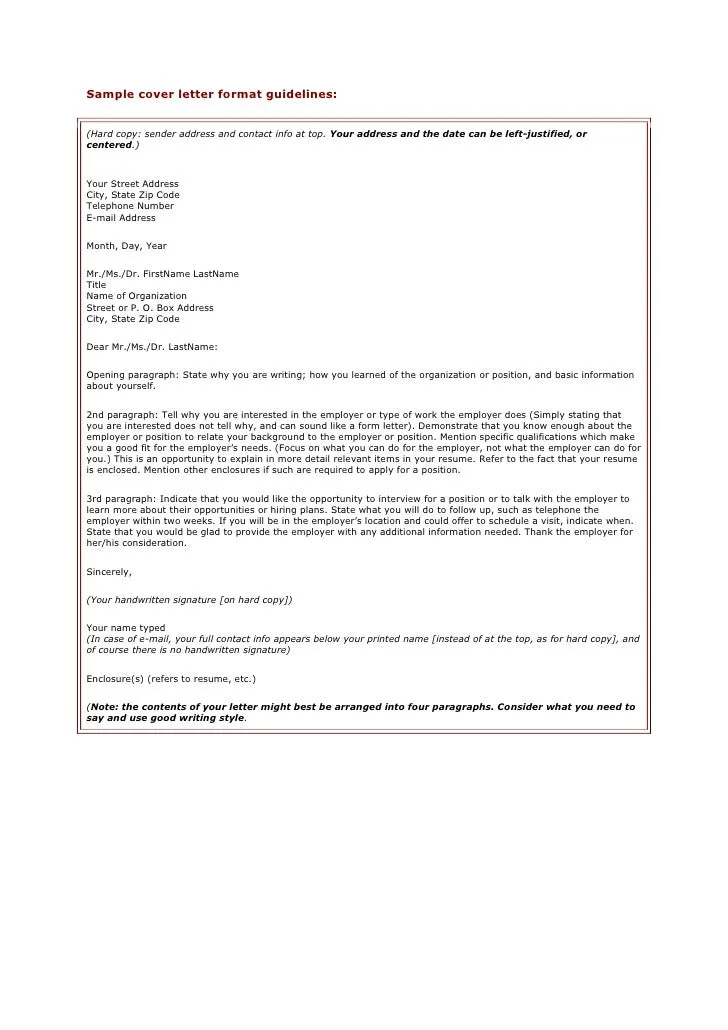The Power of a Cover Letter
In the competitive job market, a well-crafted cover letter can be your key to unlocking new career opportunities. Far beyond a mere formality, it serves as your personal introduction to a potential employer. It’s a chance to go beyond the facts presented in your resume and showcase your personality, passion, and the unique value you bring to the table. While your resume provides a chronological overview of your experience and skills, your cover letter allows you to tell your story, connecting your qualifications directly to the specific requirements of the job. The importance of a cover letter should not be underestimated.
Understanding the Purpose of a Cover Letter
The primary purpose of a cover letter is to grab the reader’s attention and convince them to consider your application further. It acts as a marketing tool, highlighting why you’re the ideal candidate for the role. A great cover letter demonstrates your understanding of the company’s needs, your interest in the specific position, and your enthusiasm for the opportunity. It should not just reiterate your resume but elaborate on key accomplishments and demonstrate how your skills and experience align with the job requirements. A successful cover letter makes the hiring manager want to learn more about you.
Highlighting Key Skills and Experiences
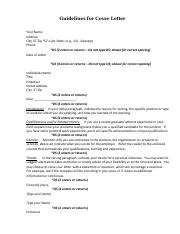
When highlighting your skills and experiences, focus on the most relevant aspects for the role. Don’t just list your skills; provide concrete examples of how you’ve used them to achieve results. Use the cover letter to elaborate on specific projects or achievements that demonstrate your capabilities and the impact you’ve made in previous roles. This is an opportunity to connect the dots for the hiring manager, showing how your past experiences translate into value for their organization. Tailor each cover letter to the specific job, emphasizing the skills and experiences that are most pertinent to the role’s responsibilities and the company’s needs.
Cover Letter Tip 1 Tailor Your Letter
One of the biggest mistakes job seekers make is sending out generic cover letters. A generic letter does not resonate with hiring managers. Customization shows you care about the role and have taken the time to understand the company’s needs. Make sure that each cover letter you send is tailored to the specific job and company. This involves researching the company, understanding the role, and then highlighting the relevant skills and experiences that make you the best fit.
Research the Company and the Role
Before you start writing, thoroughly research the company and the specific role you are applying for. Understand the company’s mission, values, and recent projects or achievements. Identify the key responsibilities and requirements of the job. This research will provide valuable insights that you can incorporate into your cover letter. Demonstrate your knowledge of the company by mentioning specific projects or initiatives that resonate with you. This shows that you’re genuinely interested in the opportunity and have a solid understanding of what the company is looking for.
Personalize Your Message
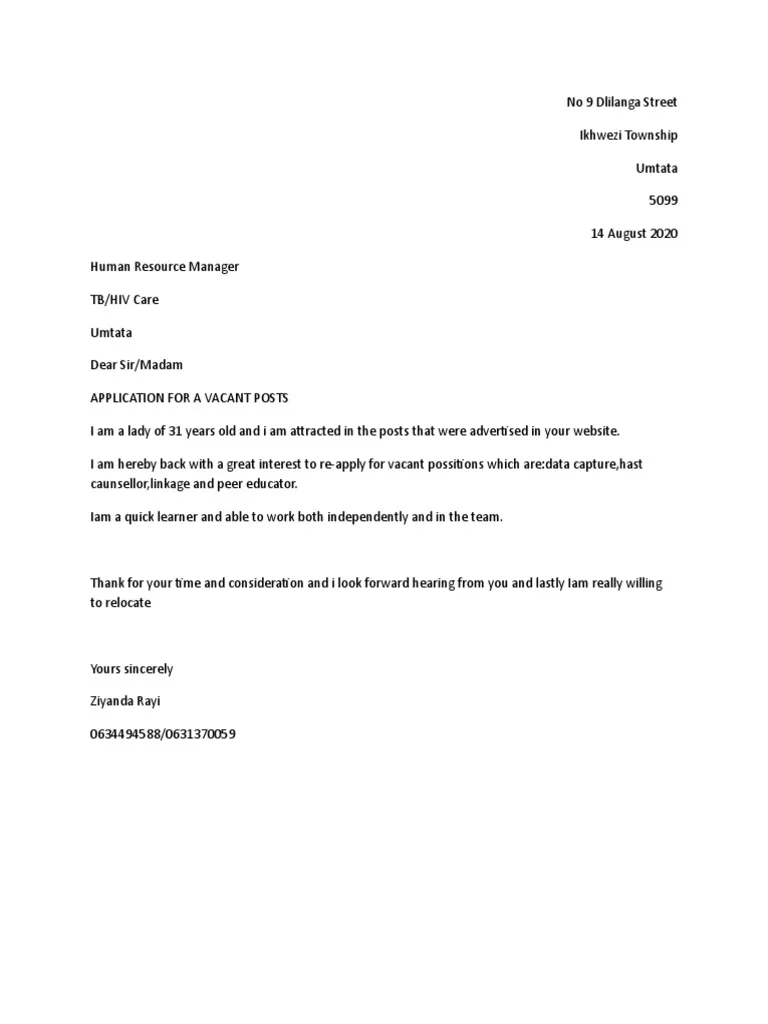
Personalization goes beyond just mentioning the company’s name. It means addressing specific needs and requirements outlined in the job description. Reference the company’s values, culture, or recent news to demonstrate your understanding and alignment. Customize your message to explain why you’re a good fit for the role and why you are passionate about working for that specific company. Demonstrate how your skills and experiences align with their needs. Use keywords from the job description to make your letter more relevant.
Cover Letter Tip 2 Start Strong
Your opening paragraph is your first, and potentially only, chance to make a strong impression. The opening is the first impression that the hiring manager will have of you, so it needs to be engaging, well-written, and relevant. A captivating opening will pique their interest and encourage them to read on. The goal is to hook the reader immediately, convincing them that you are worth their time. A strong opening statement is the key to getting noticed.
Craft a Compelling Opening Statement
Avoid generic greetings such as “Dear Sir/Madam.” Instead, try to find the hiring manager’s name and address them directly. Start with a statement that immediately grabs attention. You can express your enthusiasm for the position, mention a specific achievement, or explain why you’re particularly drawn to the company. The opening paragraph should clearly state the position you’re applying for and briefly explain why you’re a great fit. Your opening statement should be tailored to the specific role and company, reflecting your research.
Grab the Reader’s Attention Immediately
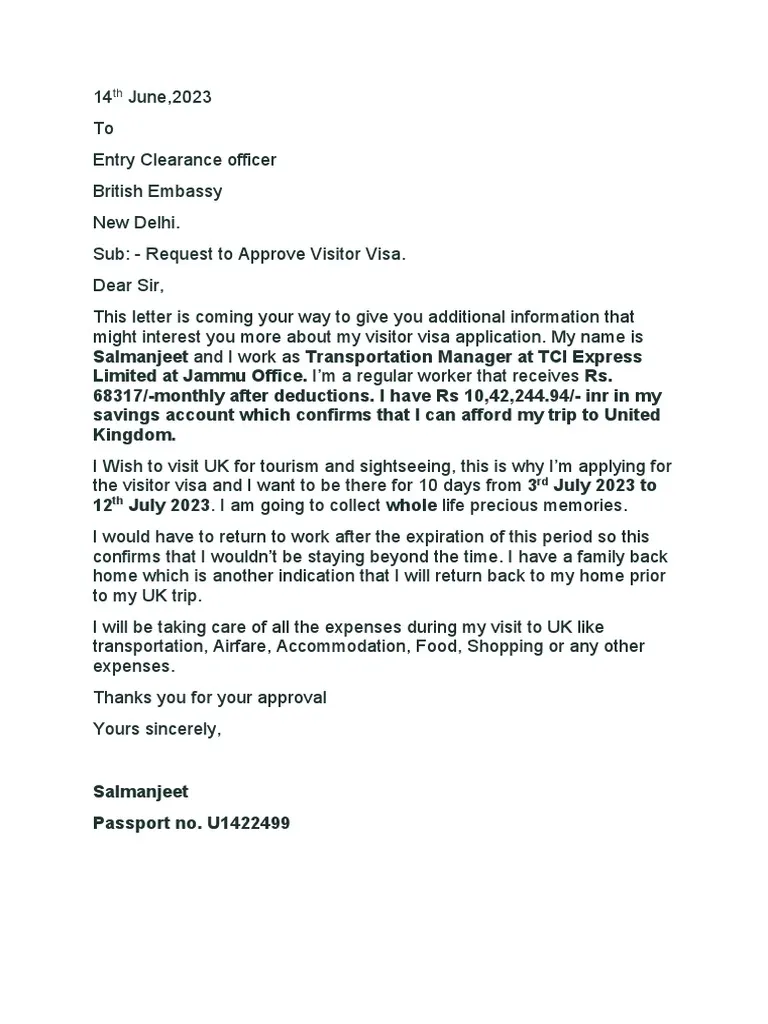
To grab the reader’s attention, avoid clichés and generic phrases. Start with a compelling statement that highlights your passion for the role or a specific achievement. For example, you can start with a relevant anecdote, a brief summary of your most impressive accomplishment, or an expression of your enthusiasm for the company. The goal is to immediately show the hiring manager why you’re a standout candidate. A captivating opening is the first step in making a positive impression.
Cover Letter Tip 3 Showcase Your Achievements
While your resume lists your responsibilities, your cover letter should focus on showcasing your achievements. Focus on providing concrete examples of your accomplishments. Instead of simply stating your job duties, highlight your accomplishments in the context of how you contributed to your previous employers. Provide quantifiable results whenever possible and use action verbs to describe your achievements. It’s not enough to state you’re a good team player; you need to demonstrate how you’ve collaborated effectively on projects and what the outcomes were. Providing concrete examples of your skills and achievements is key.
Quantify Your Accomplishments
Whenever possible, quantify your accomplishments. Use numbers, percentages, and specific data to illustrate your impact. Instead of saying “Improved sales,” state “Increased sales by 15% in one quarter.” Providing measurable results makes your accomplishments more credible and impactful. Quantifying your achievements shows that you’re results-oriented and that you understand the importance of measuring success. This gives the hiring manager concrete evidence of your capabilities.
Use Action Verbs
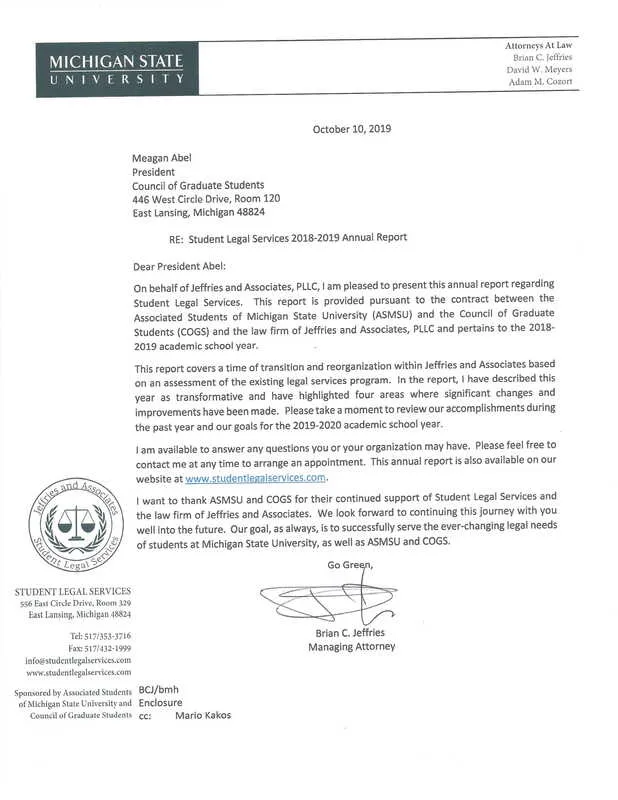
Use strong action verbs to describe your accomplishments. Action verbs make your cover letter more dynamic and engaging. Verbs such as “managed,” “led,” “created,” “implemented,” and “achieved” make your accomplishments more impactful. Using action verbs helps to paint a vivid picture of your skills and contributions. This helps the hiring manager to quickly grasp the value that you can bring to the role. Use a variety of action verbs throughout your cover letter to avoid monotony.
Cover Letter Tip 4 Demonstrate Your Value
The best cover letters clearly demonstrate the value you bring to the organization. Your cover letter should explain how your skills and experience can contribute to the company’s success. Show how your previous experiences align with the job requirements and company’s goals. This involves tailoring your letter to the specific role, showing your understanding of the company’s needs, and expressing your enthusiasm for contributing to their success. It is important to clearly articulate what you can do for the company.
Explain How You Can Contribute
Focus on how your skills and experience will benefit the company. Explain how you can solve their problems, contribute to their goals, or add value to their team. Demonstrate how your achievements in previous roles align with the responsibilities of the new position. Connect your past successes to the requirements of the job and show how your expertise can help the company achieve its objectives. Think about what problems the company might be facing and how you can offer solutions.
Align Your Skills With the Job Requirements
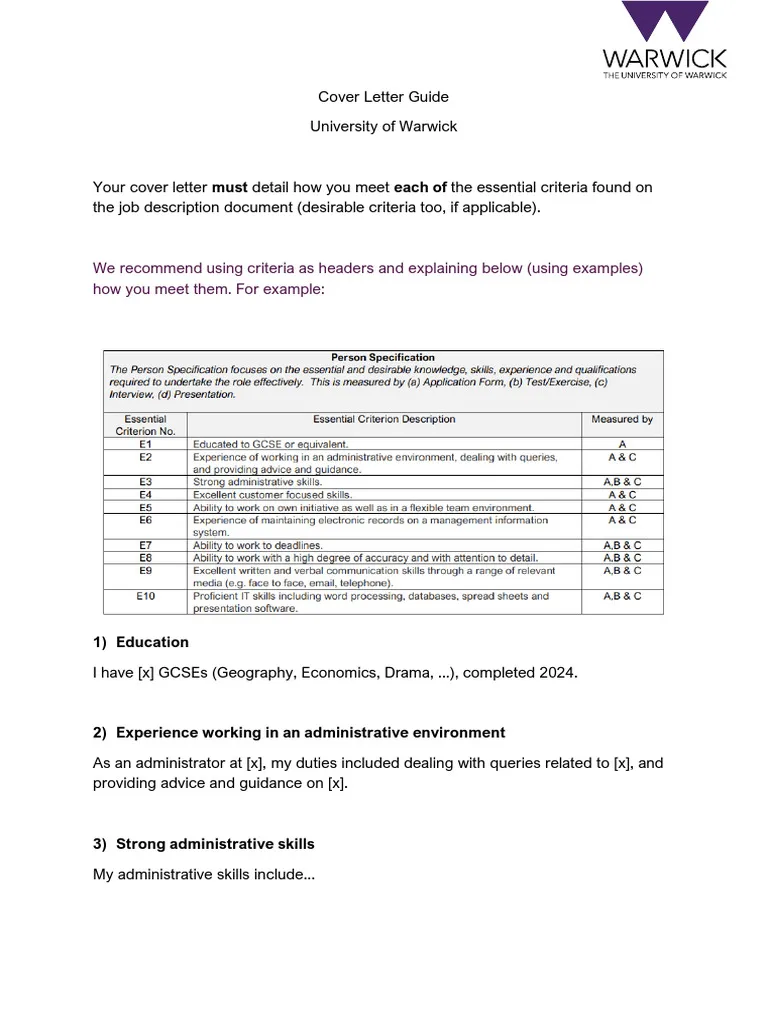
Carefully review the job description and identify the key skills and qualifications required. Align your skills and experiences with these requirements in your cover letter. Provide specific examples of how you have demonstrated these skills in previous roles. Tailor your cover letter to the specific job description. Highlighting the skills and experiences the hiring manager is looking for will increase your chances of getting an interview. Make sure that your cover letter is a clear demonstration of why you are the best fit.
Cover Letter Tip 5 Maintain a Professional Tone
Your cover letter is a professional document, and it should be written in a professional tone. Maintaining a professional tone means using formal language, avoiding slang, and ensuring your writing is clear and concise. Your cover letter should reflect your respect for the hiring process and the company. The tone you use in your cover letter says a lot about you as a professional, so it is important to get it right. Your cover letter reflects your professionalism.
Proofread for Errors
Before submitting your cover letter, proofread it carefully for any errors in grammar, spelling, and punctuation. Errors can create a negative impression and undermine your credibility. Mistakes show a lack of attention to detail and can damage your chances of getting an interview. Consider having a friend or colleague review your cover letter as well. A second set of eyes can often catch errors you might miss. Proofreading is a crucial step in the cover letter writing process.
Use Formal Language
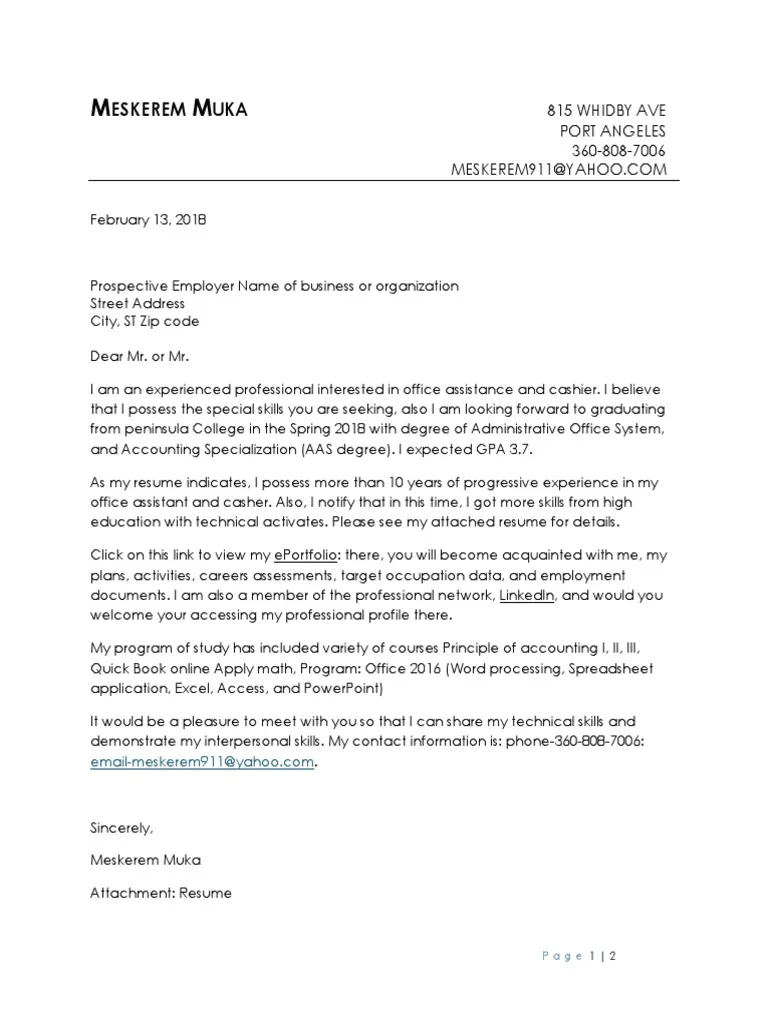
Use formal language and avoid slang or colloquialisms. Your cover letter should reflect your professionalism and respect for the hiring process. Use clear, concise language and avoid jargon that the hiring manager might not understand. Maintain a respectful and professional tone throughout your cover letter. Formal language helps project a professional image.
Cover Letter Tip 6 Formatting Matters
Formatting plays a crucial role in the readability and overall impression of your cover letter. Use a clean and organized layout that is easy on the eyes. A well-formatted cover letter shows that you pay attention to detail and that you can present information clearly and concisely. Make sure that your cover letter looks professional, is easy to read, and is well-organized. Your formatting should enhance the overall message of your cover letter.
Choose a Readable Font
Choose a professional and readable font such as Times New Roman, Arial, or Calibri. Avoid using overly stylized fonts that can be difficult to read. Ensure the font size is appropriate (typically 11 or 12 points) for easy readability. Your font choice is a key factor in ensuring that the hiring manager can read your cover letter easily and quickly. Readability is essential for a positive first impression.
Keep the Layout Clean and Organized
Use clear headings, ample white space, and bullet points to break up large blocks of text. This makes your cover letter easier to scan and digest. Maintain consistent margins and alignment throughout the document. A clean, organized layout helps the hiring manager quickly find and understand the most important information. A well-formatted cover letter presents a professional image and helps you stand out from the crowd.
Cover Letter Tip 7 End with a Call to Action
Your closing paragraph is your final opportunity to leave a lasting impression. End your cover letter with a call to action that encourages the hiring manager to take the next step. Your closing paragraph should be enthusiastic, and you should be clear in your intentions. The call to action can be as simple as expressing your enthusiasm for an interview. Conclude with a confident and professional tone that reiterates your interest.
Express Your Enthusiasm
Reiterate your enthusiasm for the position and the company. Let the hiring manager know why you’re excited about the opportunity. Show that you are genuinely interested in the role and the company. Your closing paragraph should convey your excitement and passion for the job.
Provide Contact Information
Provide your contact information, including your phone number and email address, in the closing paragraph. This makes it easy for the hiring manager to reach you. Ensure your contact information is accurate and up-to-date. Make sure your contact information is readily available for the hiring manager to contact you.
